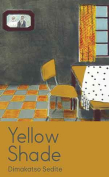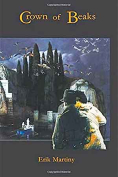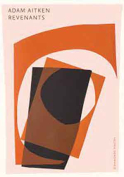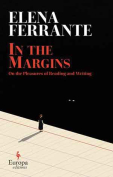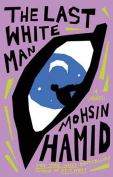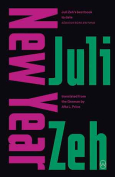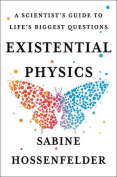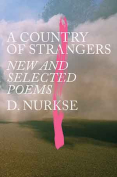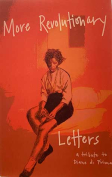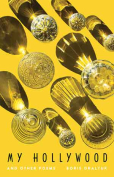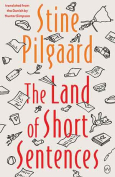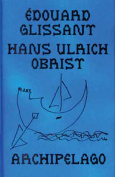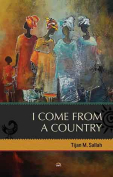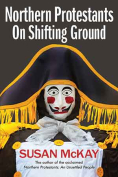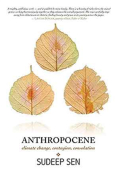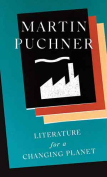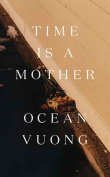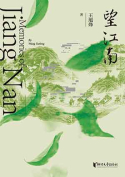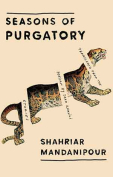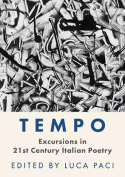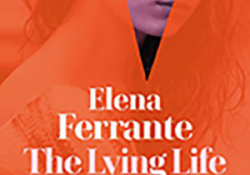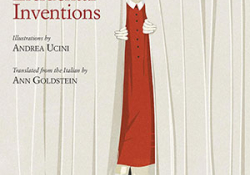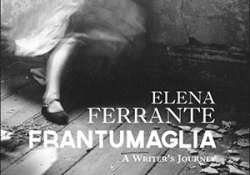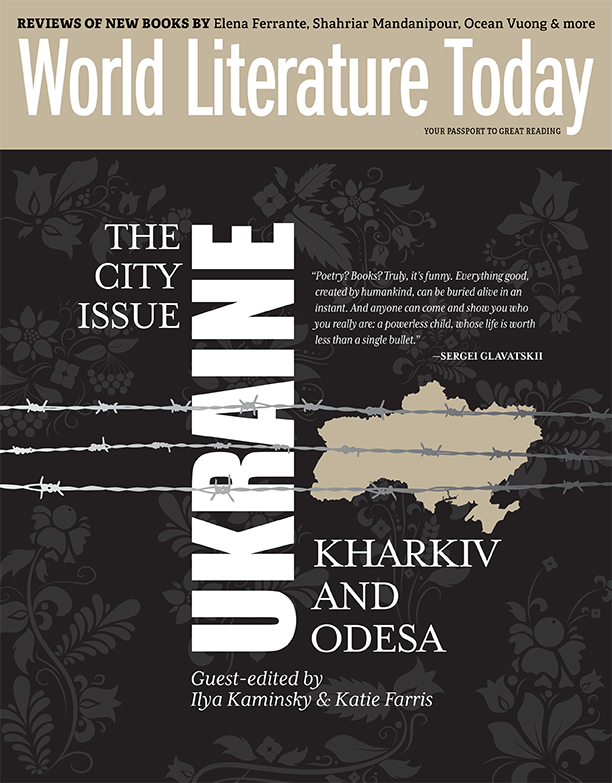In the Margins: On the Pleasures of Reading and Writing by Elena Ferrante
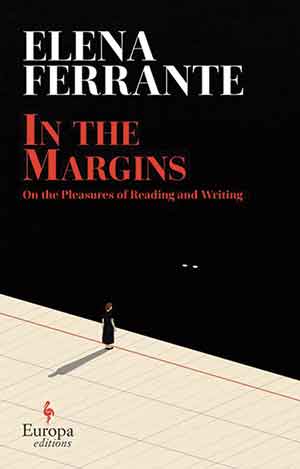 New York. Europa Editions. 2022. 112 pages.
New York. Europa Editions. 2022. 112 pages.
ELENA FERRANTE’S NEW book, In the Margins, is an exciting reading experience reminiscent of captivating nonfictional works such as Italo Calvino’s Six Memos for the Next Millennium. It confirms that the Italian writer’s global success stems from her ability to combine craftmanship—perhaps developed in that (often disregarded) hotbed of creative writing talents that is literary translation—and formal knowledge of the classics; independent research of noncanonical stories with the unbridled flow of an inspired writing that tends to spill out of the margins.
In the Margins comprises four essays: “Pain and Pen,” “Aquamarine,” “Histories, I,” and “Dante’s Rib.” The first essay, which sets the tone for the collection and explains its evocative title, illustrates the author’s struggle with two impulses, which she identifies as separate styles of writing: “the first compliant, the second impetuous.” The first style abides by the rules dictated by authority—be it of teachers, editors, publishers, audiences—that requires us to stay within the set margins of what constitutes correct and beautiful expression; the other is vehement and unruly. Ferrante seems to be caught by surprise when the second mode manifests itself. This tends to happen because women writers are used to censoring their sensibility and training themselves to work according to set rules. To write like men, women struggle to hear their own voices. The account Ferrante gives us about the time in which she felt “becoming male yet at the same time remaining female,” therefore “invisible,” is poignant. What it really takes is for a woman to recognize her own value, escape her “abject” destiny, and create “a garment of words sewn with a pain of her own and a pen of her own.” Paraphrasing a poem by fifteenth-century writer Gaspara Stampa, and corroborating her argument with examples from Virginia Woolf’s A Writer’s Diary and Samuel Beckett’s The Unnamable, Ferrante illustrates how hard it is to keep the two kinds of writing in balance.
In the second thought-provoking essay, “Aquamarine,” the author tackles the thorny issue of realism. Can we write reality as it is? We certainly can, Ferrante initially thought. But then she realized that the meaning of every object depends on its interactions with other objects and people. A beautiful aquamarine ring, belonging to the author’s mother, is used to exemplify her reasoning: “the aquamarine was changeable, part of a changing reality, a changing me.” Ferrante fans will be reminded of the bracelet in The Lying Life of Adults, which seems to possess magic powers, becoming a character in its own right. The bracelet shows how incompatible individuals become associated and confused in the mind of an observer when an object gets entangled with them. In that novel, the refined Costanza and the vulgar Vittoria become enmeshed as “the bracelet pressed them into one another and confused them, confusing me.”
There is no such thing as objective reality in Ferrante’s oeuvre: the writing emerges not from a carefully drafted plan or from an epiphany of the real but from “collisions” between the narrator and the world “in which not only the narrator but the author herself, a pure maker of writing, was enmeshed.” In other words, the narrator is not an external observer; she is deeply interconnected with that tangle, too.
If these reflections confirm Ferrante’s embrace of a neomaterialist worldview, they also help us make sense of that unruly writing tension she mentions in her first essay. Invoking the digressive literature of humours by Diderot and Sterne, the writer identifies the models of that impetuous style struggling against the margins of the written page. She then proceeds to tell us how, in her first three novels (Troubling Love, The Days of Abandonment, and The Lost Daughter), she managed “to calibrate the two kinds of writing, using the more compliant for a slow-fake realist pace and the more unruly to break down with its fiction the fiction of the first.”
How did she do it? This is illustrated in the concluding part of “Aquamarine” and in the third essay, “Histories, I.” Key elements seem to be the inclusion of a “necessary other” in her texts and the acknowledgment of important literary models written by women such as The Autobiography of Alice B. Toklas, by Gertrude Stein. The feminist philosopher Adriana Cavarero is paid tribute to when it comes to the invention of a female narrative voice incorporating the voice of another, and giving birth to that exceptional relational character, the duo Lenù–Lina of My Brilliant Friend, which Tiziana de Rogatis has defined as “polyphonic.”
If Cavarero’s emphasis on mutual storytelling between female friends is core to Ferrante’s poetics, one is also reminded of The Life and Opinions of Tristram Shandy, Gentleman, by Laurence Sterne, mentioned by Ferrante in the first essay. In this book the concept of writing as a “conversation” is central to the narrator’s egotistic, digressive, first-person account of a life in which opinions count so much more than factual reconstructions of objective truths. But the identity emerging from that dialogue with a “necessary other”—Sterne’s reader, who is addressed directly from every corner of the novel—is elusive and domineering. While the narrator invokes the need for reciprocity, the reader ends up being trapped in a narrative time ruled by digressions and procrastination. To this despotic model of conversation, Ferrante opposes Stein’s book, which is conceived as the autobiography of her friend Alice B. Toklas but is, in fact, largely the story of Gertrude Stein, the empirical author whose name figures on the cover. A real character, who was also Stein’s typist in real life, is incorporated in the narrative as the “necessary other” who will ensure that the conversation invoked by Sterne is actualized and the narrative does not turn into an obsessive, performative self-centred monologue: “the fake autobiography seems like a text that the two women have in fact written, one beside the other.”
One can hardly ignore the similarity between the intertwined voice of Gertrude–Alice and that of Lenù–Lina—underlined by Ferrante herself in acknowledging Stein’s book as a model for My Brilliant Friend. Indeed, conversation means recognizing that, as writers, we are made out of other voices “we’ve inherited, which the ‘I’ who writes, like it or not, is made of.” Interfacing with this tradition, however, entails realizing that women writers continue to have no voice in the male-dominated literary “patrimony,” and this is why they are haunted by a sense of invisibility: “I’ve known in my life very cultured men who not only had never read Elsa Morante or Natalia Ginzburg or Anna Maria Ortese but had never read Jane Austen, the Brontë sisters, Virginia Woolf.”
The “reciprocal inleiarsi” or “entering into each other”—where the other is a lei, a female interlocutor—is thus much more than a narrative device adopted by Ferrante to keep her two types of writing in balance. It is an encouragement to all writers, of any gender, to identify a genealogy of women writers as their “History,” which—as quoted from Emily Dickinson’s beautiful poem framing this essay—will not hang “the witch’s work on the gallows” but will “find around us, all the witchcraft we need.”
Ferrante’s final essay goes back to the origin of Italian literature and, in giving us a vivid account of her relationship with Dante’s Commedia, continues on with the theme of literature as “conversation.” Indeed, Dante’s “most astonishing gift” is “identification” in Ferrante’s eyes: “A Dantesque description is never merely a description but is always the self-transplanted, the heart hurtling swiftly—a few seconds—from inside to out.” To exemplify this powerful feature, the author cites Dante’s neologisms such as “inluiarsi, intuarsi, inmiarsi (enter into him, enter into you, enter into me).”
According to Ferrante, Beatrice is Dante’s sublime invention as the progenitor of a new hierarchy of women endowed with “intelletto,” able to understand the poet’s praise and not just silent objects to be admired. Indeed, in the Commedia, Dante allows Beatrice to “emerge from her muteness” and speak “like a man and perhaps better.”
Remarking on the extraordinary modernity of this character “deliberately mixing the feminine and the masculine,” Ferrante observes, not without a hint of irony, that Dante never invented the word “inleiarsi, or entering into her.” Luckily, this is remedied by our brilliant author’s ability to capture the beauty of female reciprocity in her novels, assisted by the discerning inleiarsi of Ann Goldstein who manages, here and elsewhere, to enter magnificently into the Italian author’s voice.
Enrica Maria Ferrara
Trinity College Dublin
When you buy a book using our Bookshop Affiliate links on this page, WLT receives a commission. Thank you for your support!
